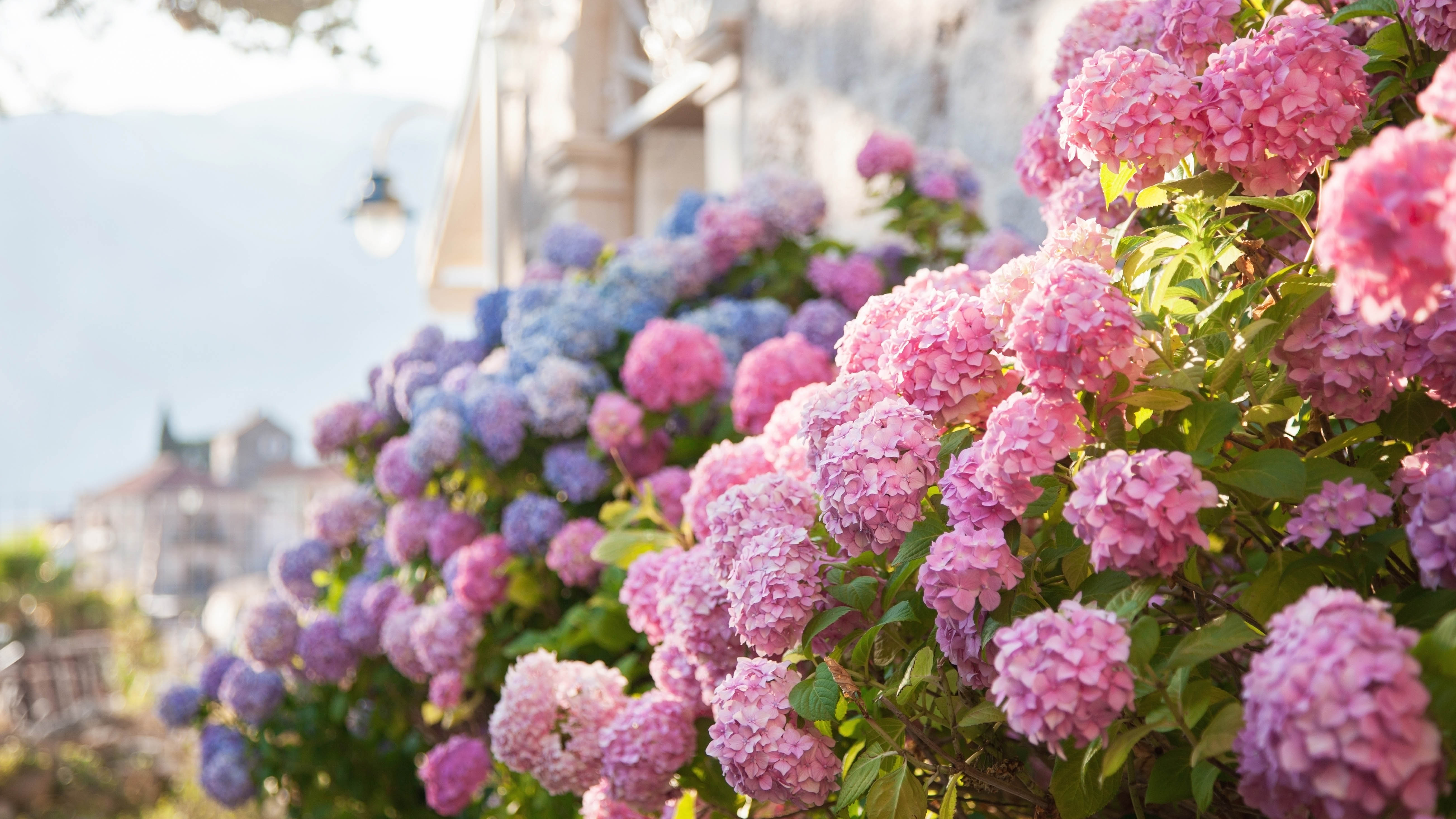
Hydrangeas are a popular choice among gardeners and can fill a front or back yard with an abundance of beautiful blooms. Their bold flower heads in blues, pinks and whites look stunning in cottage and modern gardens alike. But did you know it’s possible to change the color of hydrangeas?
While florists are known to change the colors of cut flowers with food dye, it’s not the same with hydrangeas — there’s a bit more science involved. With a few simple changes and a bit of patience, you’ll be able to see a dramatic difference in the hue of your hydrangea petals.
So, if you have a preference for pink petals over blue, or blue over pink, you can enjoy a splendid display of your favorite colored hydrangeas in your yard.
This simple trick is rooted in chemistry, but it doesn’t work with all hydrangeas. Here, garden experts explain the science behind changing the color of your hydrangeas, which hydrangeas it works for and how to do it.
Which hydrangeas can change color?
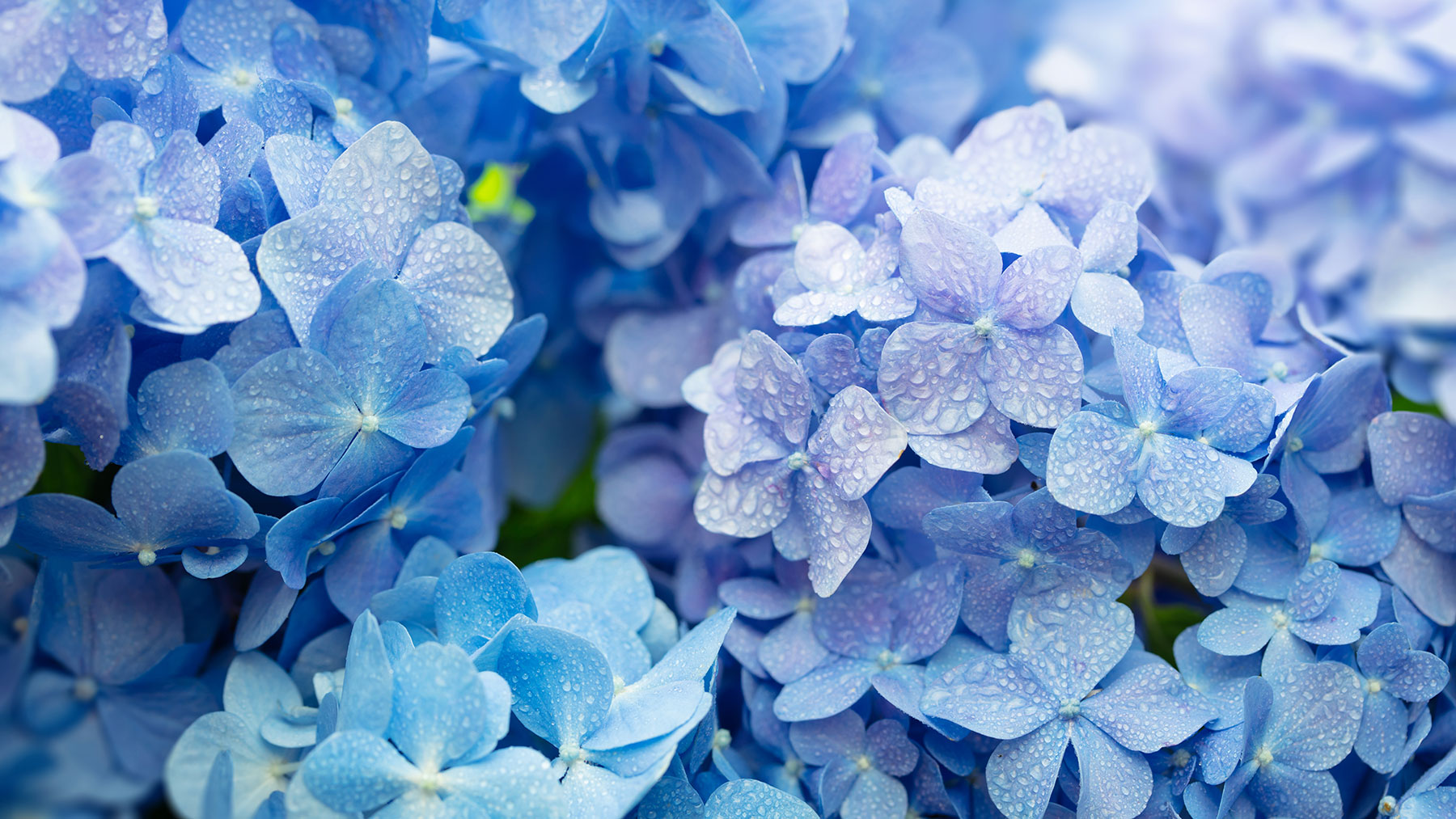
Hydrangeas are a vast genus and offer a variety of bloom colors, from crisp whites to deep purples. However, if you want to shift the color of your hydrangea from blue to pink or from pink to blue, you’ll need to opt for a Hydrangea macrophylla, otherwise known as a bigleaf hydrangea.
Other popular hydrangeas, including Hydrangea paniculata and Hydrangea quericifolia, don’t follow the same shift in color. And the color change does not happen with white varieties of Hydrangea macrophyllas, so check which variety you have before trying to adjust its color.
It's a similar story to when hydrangeas flower, as it varies depending on which type your grow, with Hydrangea paniculatas being the last to flower.
What causes a hydrangea bloom to change color?
The change in the color of the flower’s bloom is to do with the pH level of the soil and the amount of aluminium that’s present. The deep blue is produced when the plant takes in aluminium from the soil — the more aluminium the plant is able to take in the stronger the blue. However, if the plant gains less aluminium, the color of the flowers will be pinker.
If you are looking for a bigleaf hydrangea that you can adapt to your preferred color choice, ‘Dear Dolores’ ($21.98, Amazon) is a good buy.
What determines how much aluminium is available to the plant?
An acidic soil has a lower pH level, which allows for more aluminium to be absorbed by the plant, making the flower more blue. However, if a hydrangea is grown in an alkaline soil, it makes it harder to absorb aluminium, which in turn, creates a pinker bloom.
Kirsten Pullen, Woody Ornamental Portfolio Manager for Star Roses and Plants, explains the science: “Aluminium ions are only mobile under acidic conditions. In neutral to basic soil, the aluminium ions are not available because they bind with hydroxide ions and become immobile. So, for a hydrangea to be blue, there must be both mobile aluminium and acidic soil.”
So what pH level are we looking at to measure whether soil is acidic or alkaline? Pullen says that you can expect an acidic soil for hydrangeas to range between a pH of 5.2-5.5, whereas a soil pH above 7.0 will result in pink flowers.
Explaining the pH scale
The pH scale ranges from 0 to 14, with 7.0 being neutral. Levels that are 0-6.9 are acidic, and those in the range 7.1-14.0 are more alkaline.
Test the pH level of your soil

Changing the color of your hydrangea isn’t rocket science, but it does require an adjustment by adding a supplement to your soil to make it more alkaline or more acidic — depending on whether you want to achieve a pink or blue hydrangea.
However, before you grab hold of your best gardening gloves and get to work, Linda Vater, author and garden designer at Southern Living Plant Collection advises, “Conduct a soil test to determine the current soil conditions and the amount of sulfur needed.”
It’s important to know the starting point of your soil to know whether it needs more acid or alkali to correct the balance to ensure your desired coloration. Taking a soil test will determine the amount of aluminium in your soil and whether it needs adjusting. Then, once you've discovered its pH level, she recommends testing again, “Repeat soil tests every two years to monitor the pH and aluminium.”
Pullen adds that you can either purchase your own testing kit or send a sample to your local county Extension office, who’ll be able to help. If you purchase your own kit, you can opt for either a test strip — where you dissolve some of your soil in water and then dunk in a piece of paper — or purchase an electronic tester.
How to change your hydrangea from pink to blue
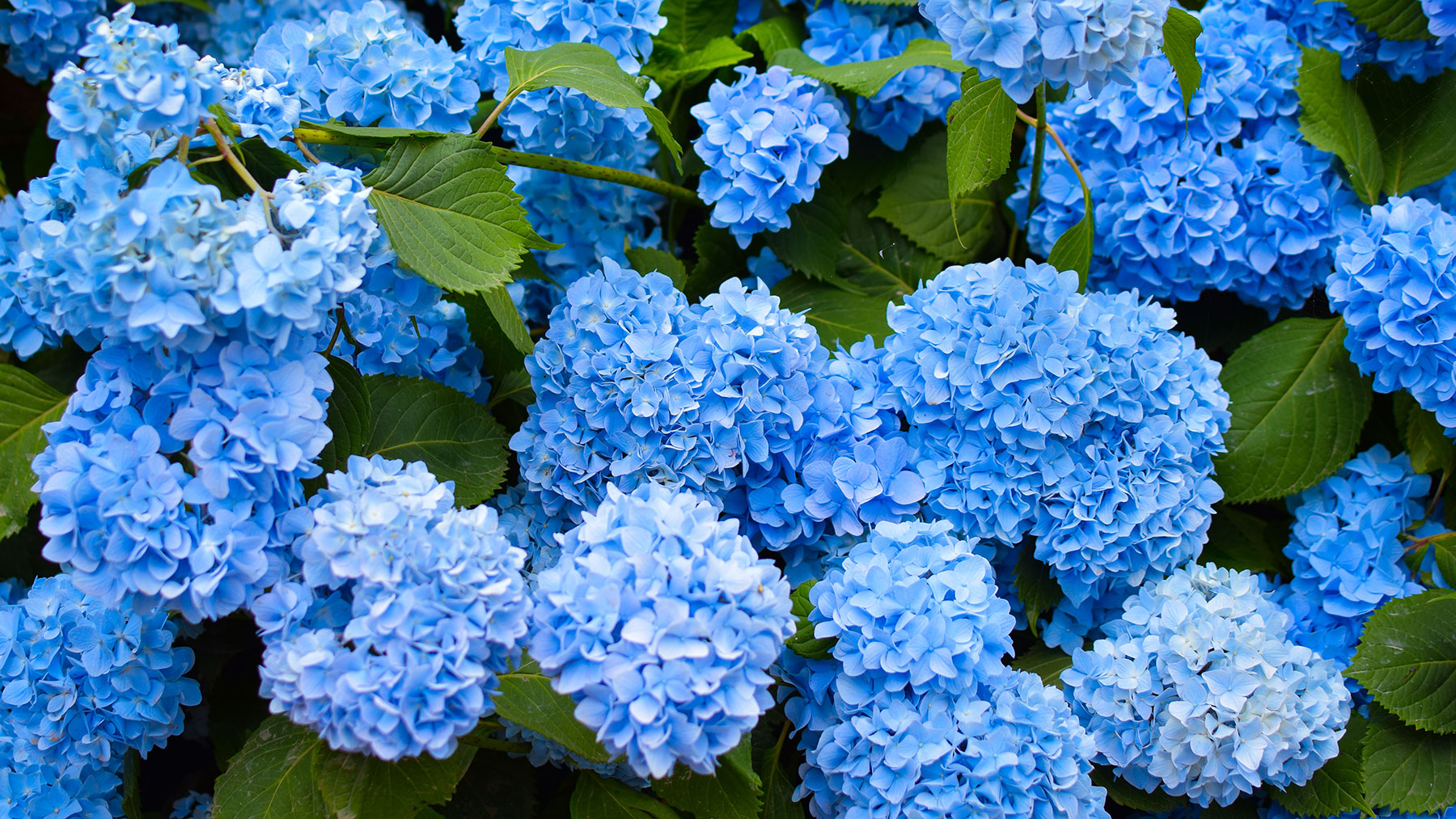
If your soil test has shown you have acidic soil and you desire blue flowers, you’ll need to add sulfur to your soil. Vater suggests adding powdered sulfur or pellets to your soil before planting, but if this isn’t possible she recommends you work the sulfur into the soil around existing plants.
However, don’t expect instant results as altering soil pH takes several months. If you’ve added an amendment to your soil in the fall, the color won’t be evident until the following summer.
Once you’ve amended the soil, Vater says, “Maintain the pH with an annual fertilization using aluminium sulfate or a specialty hydrangea fees. This will help maintain the soil pH and encourage deep blue flowers.
A quick fix
If you are impatient, there is a quick fix to changing the color of your hydrangeas from pink to blue. Vater suggests applying a liquid soil drench around the plant as the flower buds form in mid spring. Mix one tablespoon of aluminium sulfate with one gallon of water and drench the soil around each hydrangea.
However, do be careful, as applying too much aluminium in the soil can damage plants.
How to change your hydrangea from blue to pink
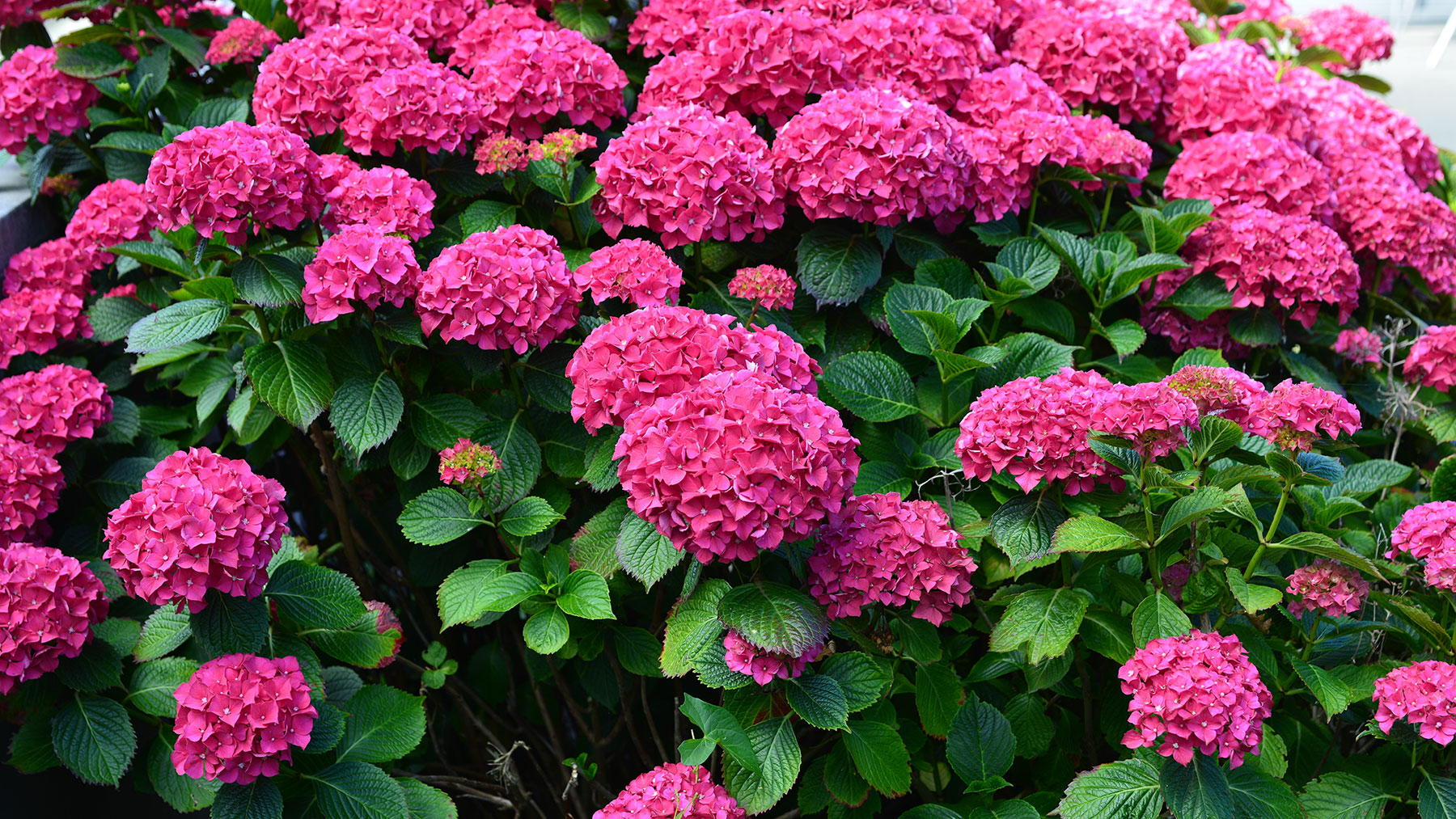
For the reverse effect — to change your hydrangeas from blue to pink —the process is similar, although the supplement is different. Instead of adding sulfur to your soil, Pullen recommends applying agriculture limestone, also known as garden lime or dolomite.
When and how often to apply a supplement
As with all fertilizers and garden supplements, always follow the label instructions on your specific product before applying the feed.
“Start by applying once per season in early spring, as the plant begins to leaf out,“ says Pullen. “Too many applications can damage plant roots and potentially kill your plants.”
Natural methods to change the color of hydrangeas
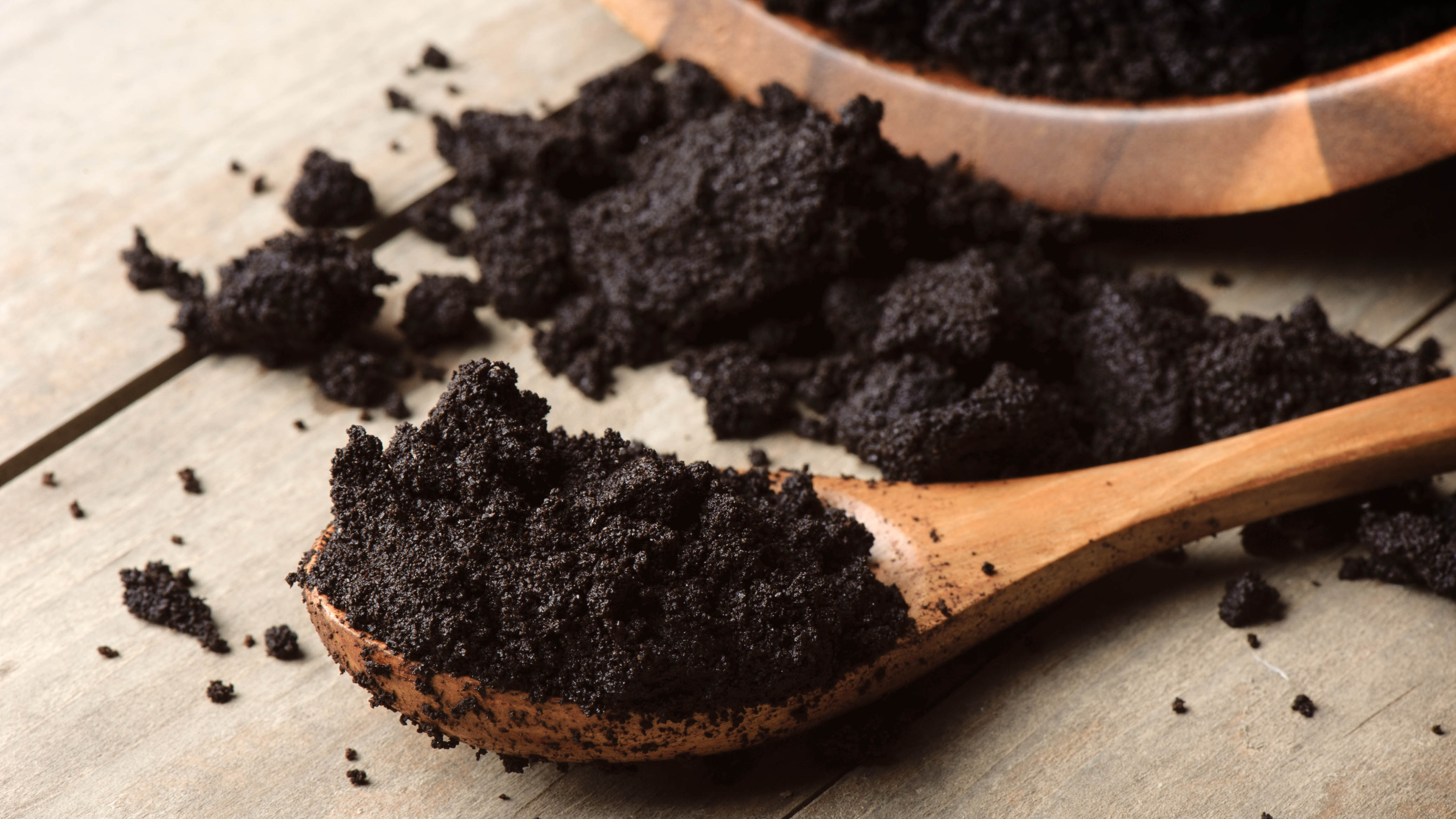
Apart from applying supplements, there are a few items you’ll find around both your home and garden that can increase the acidity of your soil. But, be patient, as they will take longer to work.
“Natural methods of changing the soil pH include adding acidic components, such as coffee grounds, pine needles and tea,” says Vallen. “These methods can work, but will likely take longer and will require significantly more applications. It would be easier to choose a location more likely to have a naturally acidic soil — like in partial shade under a pine tree.”







